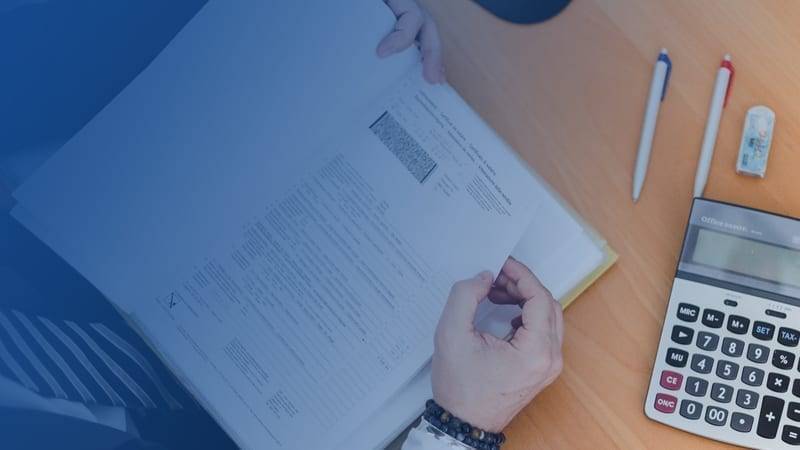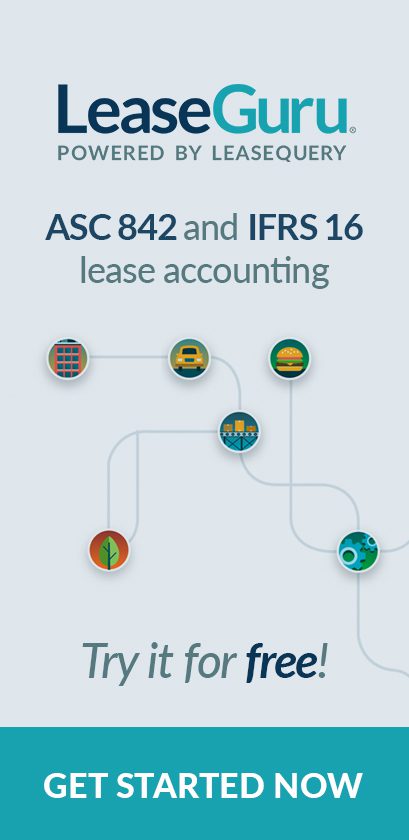Under IFRS 16 Leases, companies are required to report all leases with terms longer than 12 months on their balance sheets, with some exceptions, and disclose more details about their lease obligations. Even for small businesses with a limited lease portfolio, managing the impacts of this standard can be difficult.
Lease accounting under IFRS 16 standards can be particularly difficult for small businesses with limited accounting staff and resources, who may lack the in-house expertise to navigate these complexities. The increased data requirements and calculations can also be time-consuming, diverting valuable time away from core business operations, and potentially leading to errors if handled manually.
IFRS 16 basics
IFRS 16 defines a lease as any contract granting an entity the right to use an asset for a set period of time in exchange for an agreed-upon consideration. Two conditions must be met to indicate the contract grants control of the asset to the lessee:
- The lessee has the right to substantially all economic benefits from the use of the asset
- The lessee has the right to dictate how the asset is used by the entity
Leases with terms 12 months or shorter are exempt, as are leases of biological assets, leases for the exploration of non-regenerative resources, service concession arrangements, and licenses of intellectual property.
Since the initial transition began in 2019, a refresher on the requirements for disclosures and journal entries under IFRS 16 may be a good idea. We’ve put together an example lease that walks you through how to calculate the lessee’s opening lease liability and ROU asset and create the complete amortization schedule. The example will also include the journal entry for the first period’s activity.
Understand the rules for lessees vs. lessors
IFRS 16 contains some notable differences between the guidance for lessors and lessees. Lessees are required to recognize a lease liability calculated as the present value of the expected remaining lease payments and a related ROU asset. Although lessees classify all leases as finance leases, lessor accounting allows for the recognition of both finance and operating leases, with different accounting treatments for each.
To determine the lease classification, lessors must assess the transfer of ownership. If the lessor maintains ownership of the asset during the term of the agreement, then the lease meets the criteria for an operating lease. The lessor will depreciate the leased asset and record the incoming lease receipts as revenue on a straight-line basis over the lease term.
For finance leases, lessors determine the net investment in the lease using the present value of future expected lease receipts, which is then recorded as a receivable. The underlying asset is derecognized and lessors recognize any difference between the net investment in the lease and what was the carrying value of the asset as a gain or loss on disposal of the asset.
Determining the interest rate
One of the most common judgments accountants struggle with while implementing IFRS 16 is determining the interest rate implicit in the lease. If the lessee can’t readily determine this rate, they can choose to use their own incremental borrowing rate (IBR) instead. The information to determine the IBR may be more readily available than that for the interest rate implicit in the lease, but it’s not without complications.
The IASB defines the IBR as
“the rate of interest that a lessee would have to pay to borrow over a similar term, and with a similar security, the funds necessary to obtain an asset of a similar value to the right‑of‑use asset in a similar economic environment.”
While larger companies can rely on their treasury department to calculate their IBR, smaller companies may not have the same resources. To ease this calculation, Deloitte offers an in-depth guide to determining your IBR.
Lease accounting software simplifies compliance
The burden and costs of implementing lease accounting software puts many lease accounting solutions out of reach for smaller businesses. Made just for small businesses, LeaseGuru comes with all the features you need for compliance, such as detailed amortization schedules, ledger-agnostic journal entries, CPA-approved and tested calculations, and complete disclosure reports for the quantitative disclosures for your lease portfolio. It can also easily accommodate lease modifications, terminations, and extensions.
With all of your leases in one place, you can streamline day-to-day lease management and make accessing data regarding your lease obligations easier. With that data, you can improve forecasting and planning and be more informed when negotiating future lease contracts.
The first two leases are free with LeaseGuru. To add your first lease, get started here.
Related articles













